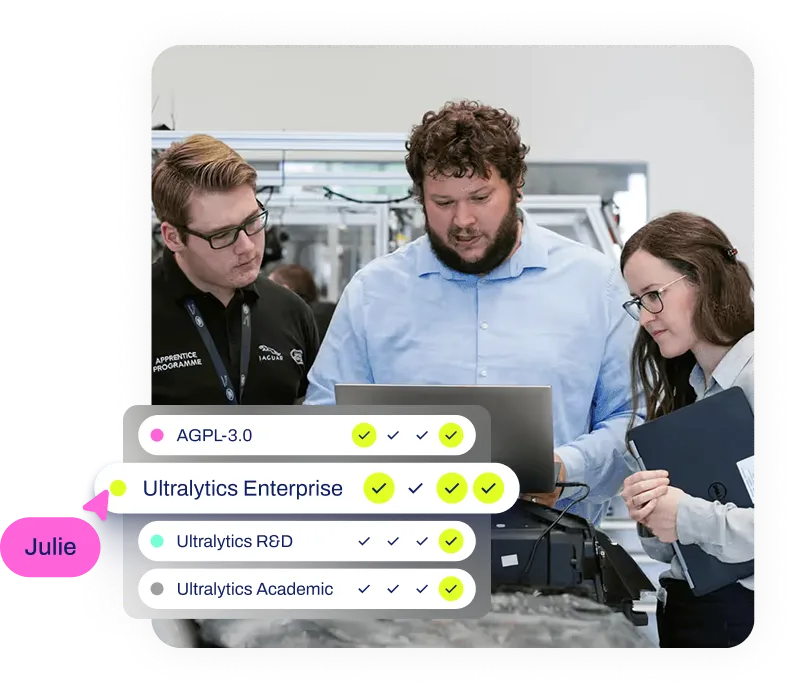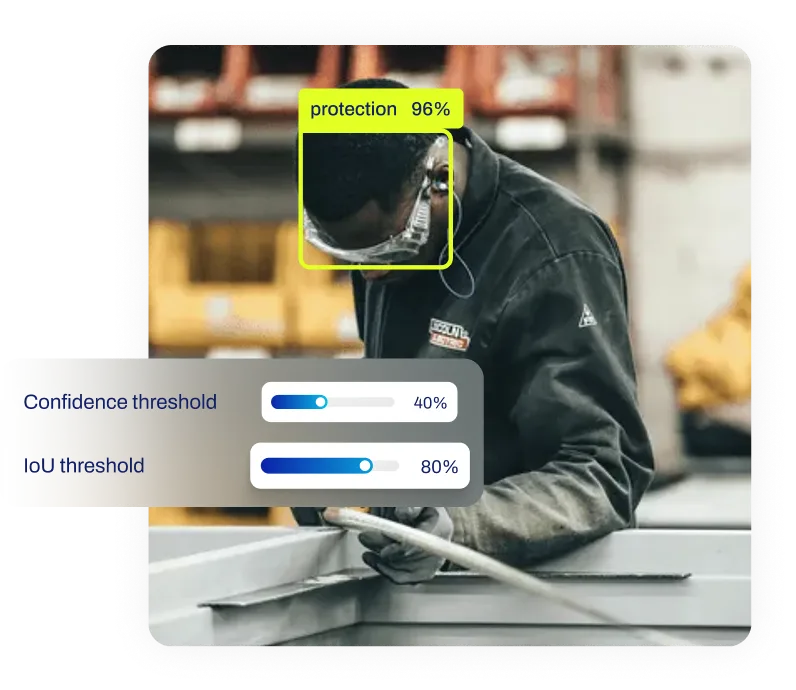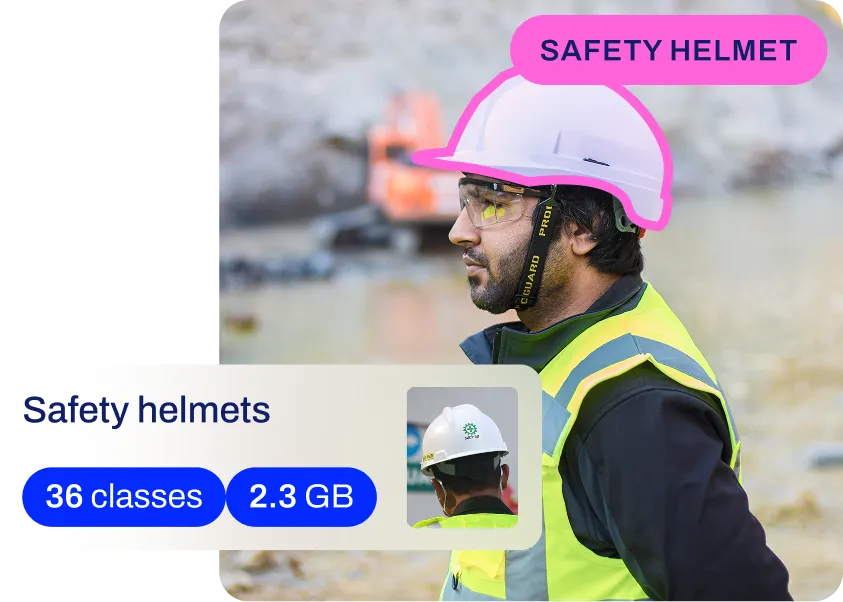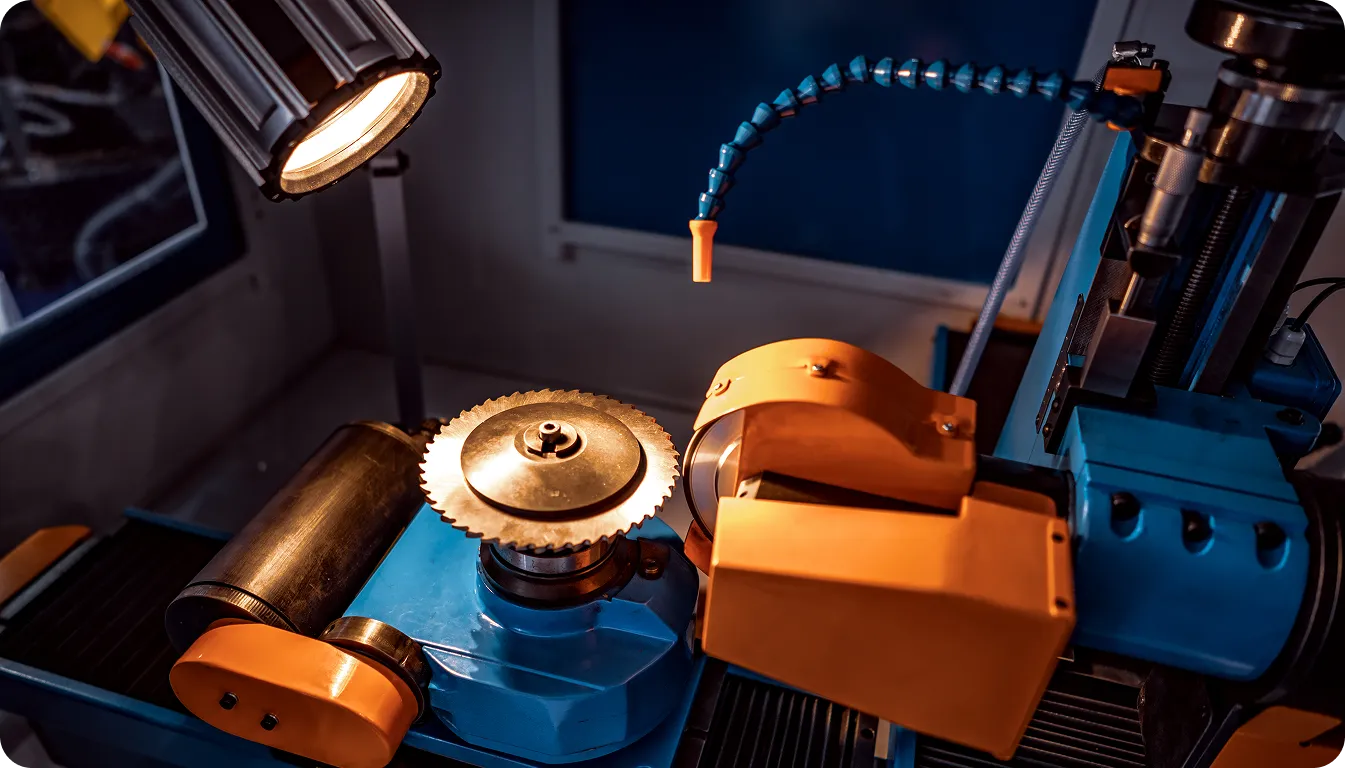Attention à soi
Découvrez la puissance de l'auto-attention dans l'IA, qui révolutionne le NLP, la vision par ordinateur et la reconnaissance vocale grâce à une précision contextuelle.
L'auto-attention est un mécanisme qui permet à un modèle d'évaluer l'importance des différents éléments d'une même séquence d'entrée. Au lieu de traiter chaque partie de l'entrée de la même manière, il permet au modèle de se concentrer sélectivement sur les parties les plus pertinentes lors du traitement d'un élément spécifique. Cette capacité est essentielle pour comprendre le contexte, les dépendances à long terme et les relations au sein des données, et constitue le fondement de nombreuses architectures modernes d'intelligence artificielle (IA), en particulier le Transformer. Elle a été introduite de manière célèbre dans l'article fondateur "Attention Is All You Need", qui a révolutionné le domaine du traitement du langage naturel (NLP).
Mécanisme d'auto-attention ou d'attention
L'auto-attention est un type spécifique de mécanisme d'attention. La principale distinction est la source des vecteurs de requête, de clé et de valeur.
- Auto-attention : Les trois vecteurs (Q, K, V) sont dérivés de la même séquence d'entrée. Cela permet à un modèle d'analyser les relations internes au sein d'une seule phrase ou d'une seule image.
- Attention générale (ou attention croisée) : Le vecteur de requête peut provenir d'une séquence tandis que les vecteurs de clé et de valeur proviennent d'une autre séquence. Cette situation est fréquente dans les tâches de séquence à séquence telles que la traduction automatique, où le décodeur (qui génère le texte traduit) prête attention à la représentation du texte source par l'encodeur.
Applications dans le domaine de l'IA et de la vision par ordinateur
D'abord popularisée dans le domaine du langage naturel pour des tâches telles que le résumé de texte et la traduction, l'auto-attention s'est également révélée très efficace dans le domaine de la vision par ordinateur (VA).
- Traitement du langage naturel : Dans une phrase comme "Le robot a ramassé la clé parce qu'elle était lourde", l'auto-attention permet au modèle d'associer correctement "il" à "clé" plutôt qu'à "robot". Cette compréhension est fondamentale pour des modèles tels que BERT et GPT-4.
- Vision par ordinateur : Le modèle Vision Transformer (ViT) applique l'auto-attention à des parcelles d'une image, ce qui lui permet d'apprendre les relations entre différentes parties de la scène visuelle pour des tâches telles que la classification d'images. Certains modèles de détection d'objets intègrent également des modules basés sur l'attention pour affiner les cartes de caractéristiques et améliorer la précision. Bien que certains modèles comme YOLO12 utilisent l'attention, nous recommandons le modèle robuste et efficace Ultralytics YOLO11 pour la plupart des cas d'utilisation.
Orientations futures
La recherche continue d'affiner les mécanismes d'auto-attention, en visant une plus grande efficacité de calcul (par exemple, des méthodes telles que FlashAttention et des variantes d'attention éparse) et une applicabilité plus large. Au fur et à mesure que les modèles d'IA gagnent en complexité, l'auto-attention devrait rester une technologie de base, permettant de progresser dans des domaines allant des applications spécialisées de l'IA, comme la robotique, à la poursuite de l'intelligence générale artificielle (AGI). Des outils et des plateformes comme Ultralytics HUB facilitent l'entraînement et le déploiement de modèles intégrant ces techniques avancées, souvent disponibles via des référentiels comme Hugging Face et développés avec des frameworks tels que PyTorch et TensorFlow.









Comment fonctionne l'auto-attention
Au fond, l'auto-attention fonctionne en attribuant un "score d'attention" à chaque autre élément de la séquence d'entrée par rapport à l'élément en cours de traitement. Pour ce faire, trois vecteurs sont créés pour chaque élément d'entrée : une requête (Q), une clé (K) et une valeur (V).
Pour une requête donnée, le mécanisme calcule sa similarité avec toutes les clés de la séquence. Ces scores de similarité sont ensuite convertis en poids (souvent à l'aide d'une fonction softmax ), qui déterminent l'importance à accorder à la valeur de chaque élément. La sortie finale de la requête est une somme pondérée de toutes les valeurs, créant une nouvelle représentation de cet élément enrichie du contexte de l'ensemble de la séquence. Ce processus est un élément clé du fonctionnement des grands modèles linguistiques (LLM). Une excellente explication visuelle de ce processus Q-K-V peut être trouvée sur des ressources telles que le blog de Jay Alammar.